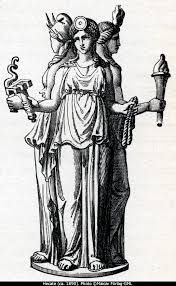
aka Mark Twain, born November 30, 1835.
Some Twain quotations, food for thought:
Thanksgiving Day, a function which originated in New England two or three centuries ago when those people recognized that they really had something to be thankful for -- annually, not oftener -- if they had succeeded in exterminating their neighbors, the Indians, during the previous twelve months instead of getting exterminated by their neighbors, the Indians. Thanksgiving Day became a habit, for the reason that in the course of time, as the years drifted on, it was perceived that the exterminating had ceased to be mutual and was all on the white man's side, consequently on the Lord's side; hence it was proper to thank the Lord for it and extend the usual annual compliments. - Mark Twain's Autobiography
The peoples furthest from civilization are the ones where equality between man and woman are furthest apart--and we consider this one of the signs of savagery. - Notebook, 1895
...nothing so liberalizes a man and expands the kindly instincts that nature put in him as travel and contact with many kinds of people. - Letter to San Francisco Alta California, dated May 18th, 1867; published June 23, 1867
Censorship is telling a man he can't have a steak just because a baby can't chew it.
- response to the banning of The Adventures of Huckleberry Finn
from The Adventures of Huckleberry Finn:
So I was full of trouble, full as I could be; and didn't know what to do. At last I had an idea; and I says, I'll go and write the letter...So I got a piece of paper and a pencil, all glad and excited, and set down and wrote: Miss Watson, your runaway nigger Jim is down here two mile below Pikesville, and Mr. Phelps has got him and he will give him up for the reward if you send. Huck Finn.
I felt good and all washed clean of sin for the first time I had ever felt so in my life, and I knowed I could pray now. But I didn't do it straight off, but laid the paper down and set there thinking - thinking how good it was all this happened so, and how near I come to being lost and going to hell. And went on thinking. And got to thinking over our trip down the river; and I see Jim before me all the time: in the day and in the night-time, sometimes moonlight, sometimes storms, and we a-floating along, talking and singing and laughing. But somehow I couldn't seem to strike no places to harden me against him, but only the other kind...and at last I struck the time I saved him by telling the men we had smallpox aboard, and he was so grateful, and said I was the best friend old Jim ever had in the world, and the only one he's got now; and then I happened to look around and see that paper.
It was a close place. I took it up, and held it in my hand. I was a-trembling, because I'd got to decide, forever, betwixt two things, and I knowed it. I studied a minute, sort of holding my breath, and then says to myself:
"All right, then, I'll go to hell" - and tore it up.
If Christ were here there is one thing he would not be--a Christian. - Mark Twain's Notebook






